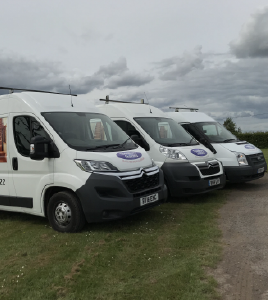Today, the self-establishment of stairlifts is turning into a typical pattern for individuals intrigued by DIY projects. stairlifts bristol is accessible for buyers that can act naturally. Experts inside the home clinical hardware industry don’t prescribe that individuals endeavour to introduce these items themselves. They accept that as far as a guarantee, long haul care, and administration, it is significantly more prudent to have a prepared proficient introduce these items. What’s more, these experts are additionally mindful of all security means and concerns related to the appropriate establishment of stairlifts, just as the relevant nearby lift codes.
Stairlifts typically have “delicate” beginnings so the client isn’t jolted as the carriage begins to move. Average travel speed for homegrown straight rail stairlift carriages ranges between 0.07 meters each second 13.78 feet each moment and 0.15 meters each second 29.53 feet each moment 0.34 miles each hour. The speed of bent rail stairlift carriages may fluctuate on the excursion if the controls cause them to moderate on grades and twists.
Stairlifts are profoundly individualized units that change in cost fundamentally. Be that as it may, many base units start somewhere in the range of $3,000 and $5,000. Numerous alternatives influence this base valuing including length of railing required, any bends included, seat overhauls, engine redesigns, seat turn, seat and foot pedal collapsing, and force type.

Carriages of stairlift:
The carriage is the part that moves along the rail and typically runs on little-width rollers. In many plans, the carriage is pulled by a link or chain, or driven along the slanted rail by a rack and pinion framework or another drive arrangement. Most homegrown carriages take a load off with arms and a hassock. Some exceptional models have a remain on stage otherwise called a “roost” seat. For clients with more limited legs a short seat can be fitted, to make the lift more agreeable to sit on. Seats can be custom fitted to suit singular necessities.
The ordinary format for a run-of-the-mill homegrown stairlift is to have the seat at the right points to the rail so the client ventures “sidesaddle”. At the highest point of the staircase, the seat can be turned, regularly through around 45 degrees or 90 degrees, at that point secured to permit the client to land from it on arrival. Stairlifts are accessible with either a manual turn or a fueled turn, contingent upon the client’s ability. Most turn seats have a security switch so the stairlift will not move except if the seat is secured in its movement position.
The driving framework for a stairlift is frequently worked inside the lift structure itself and highlights a screw, an electric engine, and a nut mounted behind the control board of the lift’s foundation; it is accordingly alluded to as a “screw and nut” framework. At the point when the lift is worked, the motor powers the nut to turn around the screw, pushing the lift here and there. Most stairlifts accompany an open stage design to free significantly more space and award access from 3 unique sides of the stage. This requires all makers to incorporate explicit wellbeing components and, in certain nations, to restrict the movement speed.

